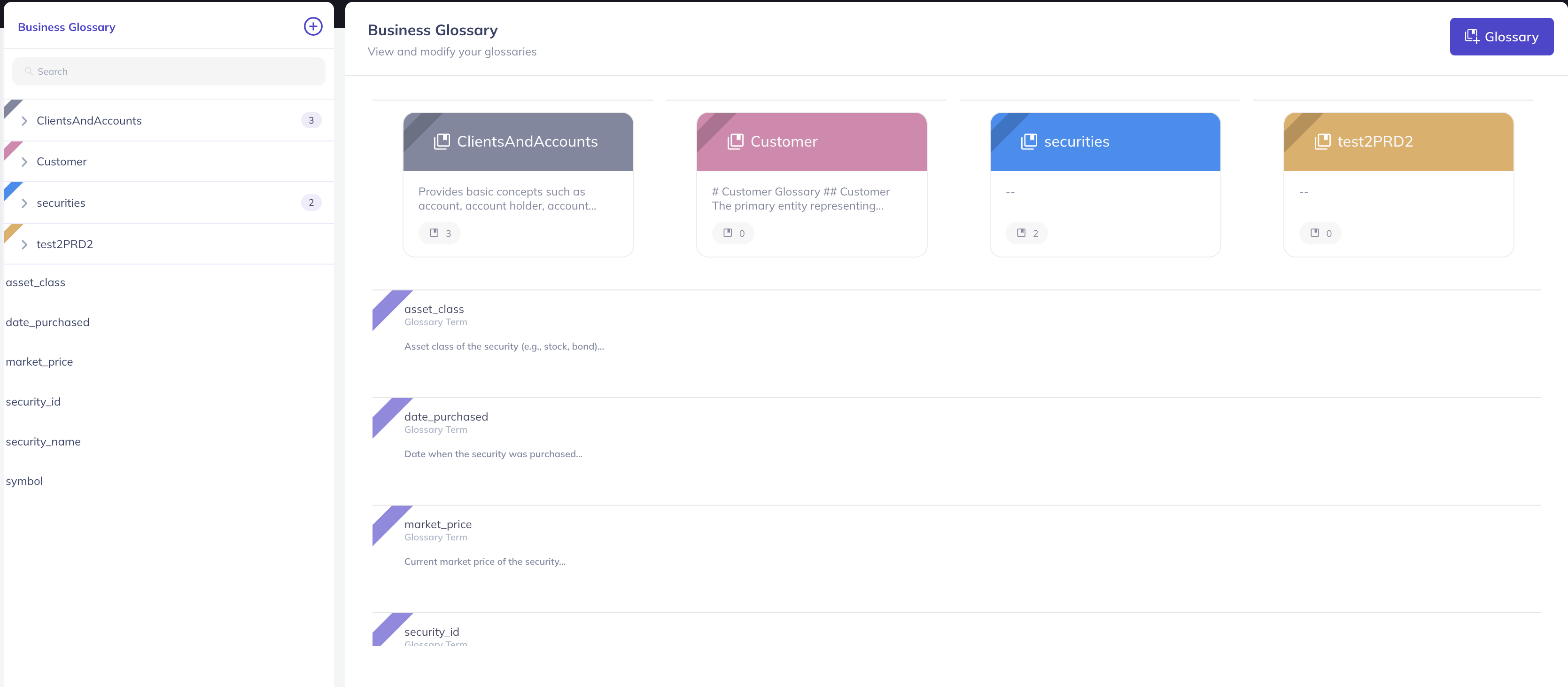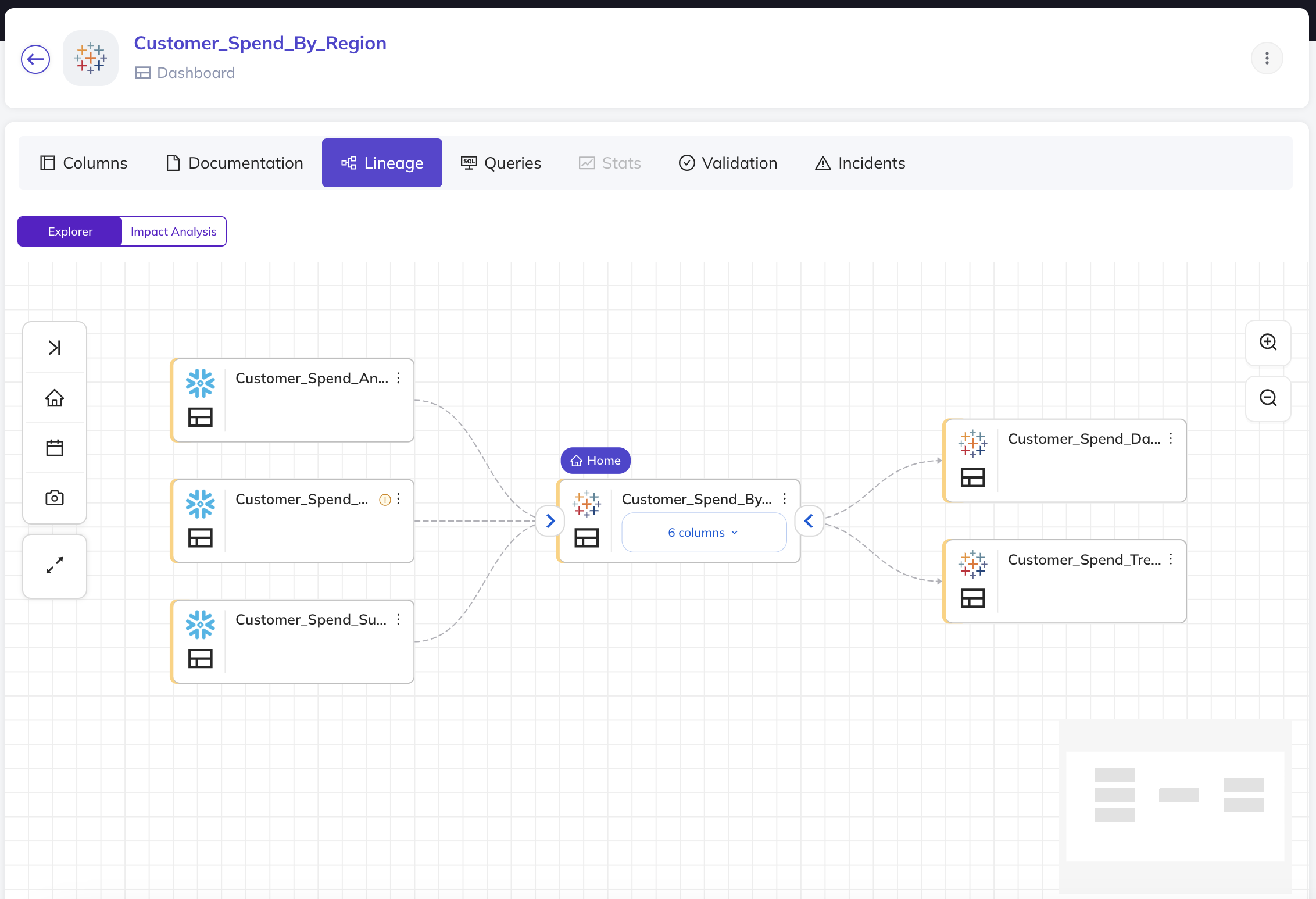Learn the importance of consistent metric definitions and calculation methods to ensure organizational alignment.
Introduction
Have you ever been part of a project where different teams had conflicting definitions for key business metrics like revenue, churn, or weekly active users? This misalignment can cause significant issues, leading to incorrect analysis and poor decision-making. In this post, we will explore the importance of defining and standardizing business metrics, why it matters, and how you can do it effectively within your organization.
What is Business Metrics Definition and Standardization?
Standardizing business metrics definition involves creating consistent and universally understood definitions for key performance indicators (KPIs) across your organization. Think of it as creating a common language that everyone in your company can use when discussing critical metrics like revenue, churn, or engagement. This ensures that all teams are on the same page, which is essential for accurate analysis and strategic decision-making.
Why Should You Care About Business Metrics Definition and Standardization?
The Challenge
In many organizations, KPIs are used to drive critical day-to-day operating decisions. They often emerge organically in response to the data needs of management. Over time, organizations can naturally develop inconsistent sources, representations, and vocabulary around such metrics. When there is a lack of consistent understanding of these metrics, it can lead to meaningful discrepancies in data interpretation and decision-making.
Importance
Standardizing business metrics is crucial because these metrics are direct indicators of the performance and health of various functions within an organization. More often than not, these metrics are used for not only making day-to-day operating decisions, but also for reporting out business performance. Standardized metrics provide immediate insight into whether the business is on track to meet its objectives and serve as solid foundations upon which other second-order metrics may be derived.
Real-World Impact
Consider a scenario where the finance team defines revenue differently from the product team. If these discrepancies are not reconciled, it could lead to conflicting reports and misguided strategies. For instance, a marketing campaign analyzed with inconsistent metrics might appear successful in one report and unsuccessful in another, causing confusion and potentially leading to incorrect strategic decisions. Disagreements about the source-of-truth or accuracy of a given metric are commonplace; perhaps you can recall some examples from your own experience.
Example Discovery Questions and Explanations
- Current Management and Challenges: "How do you currently manage and standardize definitions for core business metrics across different teams, and what challenges have you encountered in this process?" This question helps to uncover the existing processes and pain points in managing metrics, providing insights into potential areas where our product can offer significant improvements.
- Educating your Workforce: “How do you educate new employees about the most important metrics at the organization?” This question helps to recognize and eliminate inefficient sharing of tribal knowledge within an organization when an employee joins or leaves.
- Impact of Misalignment: "Can you describe a recent instance where misalignment on metric definitions impacted a business decision or analysis, and how was the issue resolved?" This question aims to highlight the real-world consequences of not having standardized metrics, emphasizing the importance of our solution in preventing such issues.
How to Define and Standardize Business Metrics
General Approach
Start by identifying key business metrics that are actively used to power decision making at the organization. Involve stakeholders from different departments to agree on a standard set of definitions, and propose a lightweight process for introducing new ones. Document these definitions and ensure they are easily accessible to everyone in the organization. Regular reviews and updates are necessary to keep the metrics relevant and aligned with business goals.
Alternatives and Best Practices
Some companies try to align metric definitions through emails and meetings. While this is a good place to start, it is often impractical at scale. Instead, best practices involve using a centralized system for defining and discovering key business metrics. Implementing approval flows and lineage tracking can ensure that all changes are reviewed and that the physical origins of a metric - e.g. the actual tables and rows that power it - are immediately clear. By making metrics centrally visible, you can begin to establish accountability and audibility around your key metrics, increasing their reliability through time and improving the quality of your decisions.
Our Solution
DataHub Cloud offers comprehensive features designed to tackle the challenges of defining and standardizing business metrics:

Business Glossary Center
- Business Glossary: A centralized repository for all metrics definitions, ensuring consistency across the organization.

Approval Flows
- Approval Flows: Structured workflows for approving changes to metric definitions, maintaining accuracy and reliability.

Lineage Tracking
- Lineage Tracking: Tools to track the origin and transformations of metrics, ensuring they align with standardized definitions.
By implementing these solutions, you can ensure that your business metrics are consistently defined and accurately used across all teams, supporting reliable analysis and decision-making.
Conclusion
Defining and standardizing business metrics is essential for ensuring consistent, accurate, and reliable data analysis and decision-making within an organization. By implementing best practices and leveraging advanced tools like our product’s business glossary, approval flows, and lineage tracking, you can achieve a more cohesive and efficient approach to managing business metrics. This investment will lead to better insights, more informed decisions, and ultimately, a more successful data-driven organization.